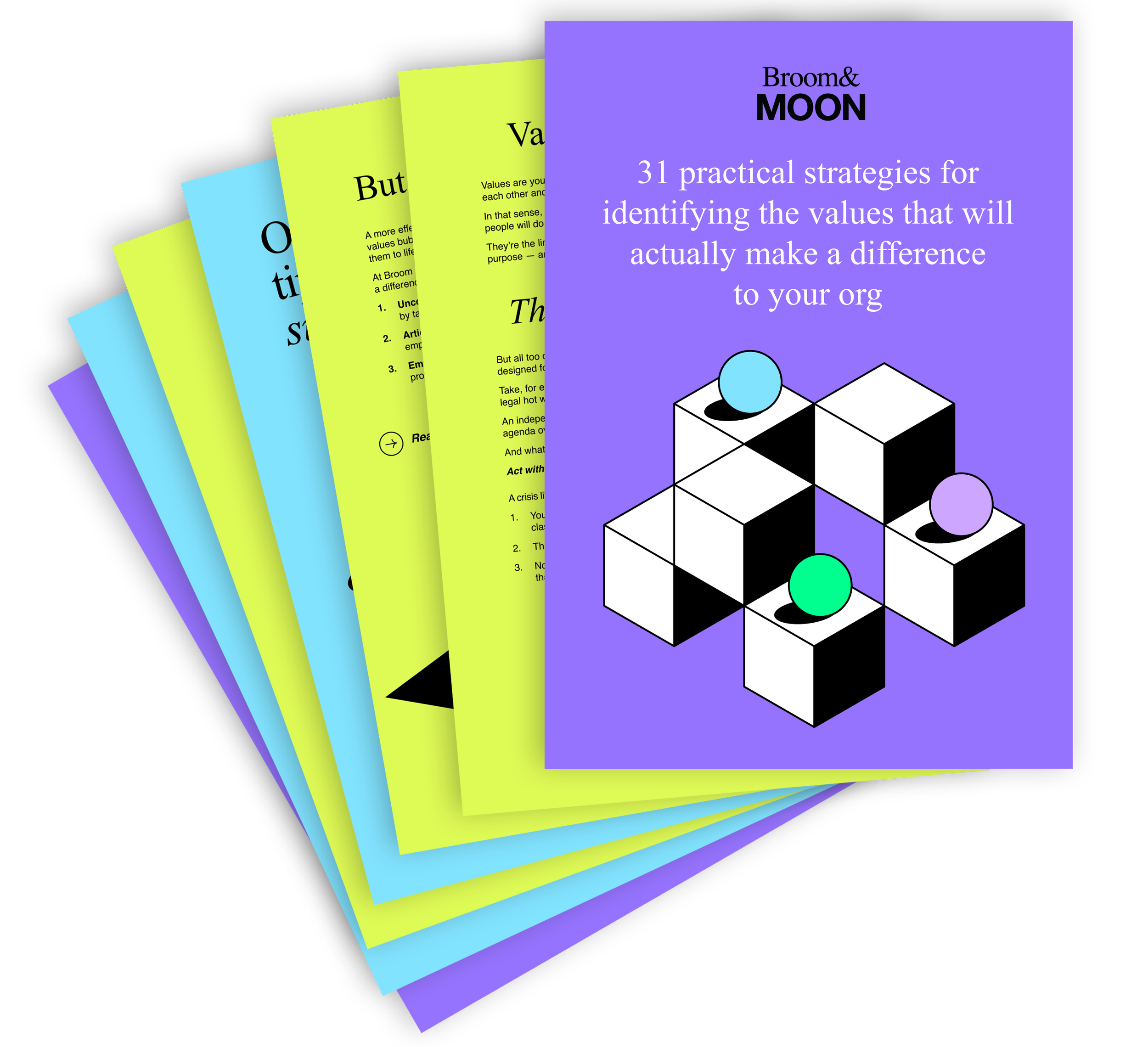Start-up to scale-up? 3 things to do to win more business
In the second in a series of posts on taking your business from start-up to scale-up, we look at upping your game when it comes to attracting new customers.
A successful raise can be the catalyst for revamping your brand and marketing. Now you’re accountable to investors, the pressure is on to bring in new business. And to do that, you’ll need a brand that stands out in the marketplace — as well as a strategy for getting your name in front of your target buyers.
Here are three things to focus on:
Brand language
Brand language is the set of words and phrases you use to describe what you do for your customers — and why. For example, a memorable tagline or an elevator pitch that encapsulates who you are and the value you deliver.
An example is our client Sapia, an Australian scale-up that’s created an AI-powered chatbot that companies use to interview potential employees.
Having grown quickly, Sapia had reached a point where they needed to revisit their messaging. In particular, they needed to become much clearer about who their ideal buyer was — and how to talk to them.
The first step was to understand exactly who they wanted to target — and what language would resonate most with that customer. That legwork allowed us to produce compelling brand language that Sapia are now using in all their marketing and communications — from their website to phone conversations with clients. Read about it here.
Creating brand language like we did for Sapia is an art. It takes time, thought and research to land on the punchy, memorable words and phrases that will compel your target to buy. We often have to tell people that the shorter the copy, the longer it takes to write, because the fewer the words, the harder they have to work.
But the investment is worth it: think how many billions of dollars Nike’s Just do it has garnered the company over the years. And no, ChatGPT will not produce results like that.
2. Visual identity
Maybe you’ve been trundling along fine with a Canva-designed logo and a hastily thrown-together website. But as you grow, the need for a polished visual identity increases. To build trust in your brand, you’ll need a professional-looking logo, colour palette and typography, as well as a set of brand guidelines to maintain consistency.
Revamping your look and feel needn’t cost the earth. Our branding expert says you can save money by doing a lot of the initial work yourself. Start by looking at your competitors’ branding and thinking about whether you want to look different or similar.
And don’t ditch the Canva just yet. Our designer finds it really helpful to see a client’s initial ideas laid out. For more of her thoughts on visual identity — and how to get a professional-looking brand on a tight budget — check out this post.
3. Marketing strategy
With your language and visual identity in place, you’ll need a strategy for getting your brand in front of prospects.
A successful marketing strategy is founded on a deep understanding of your target buyer — where they are, what motivates them to buy, and the best ways to reach them.
If you’ve done the hard work of creating your brand language, you’ll already have a great sense of all this. So now it’s a question of creating the marketing collateral to convert your prospects into paying customers and raving fans.
That might include web copy, case studies, whitepapers, awards submissions, videos and more. You may also want to hit the conference circuit with speeches and presentations that speak to your target buyer.
Related articles
3 ways to keep your team aligned as you go from start-up to scale-up
Get in touch
Want a brand and marketing strategy to fuel your growth? Book a free discovery call to explore how we can help.


